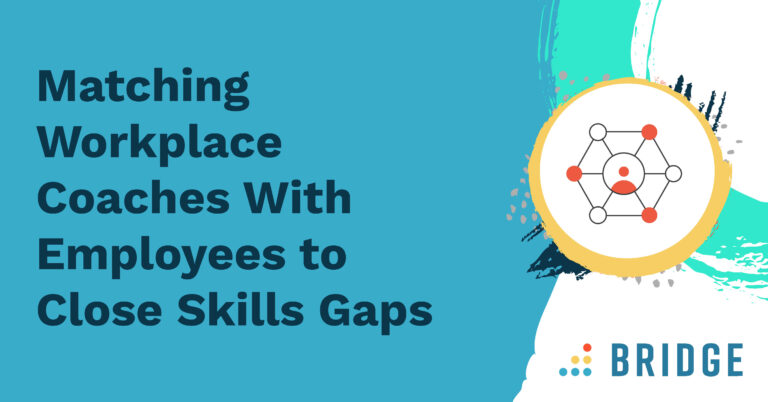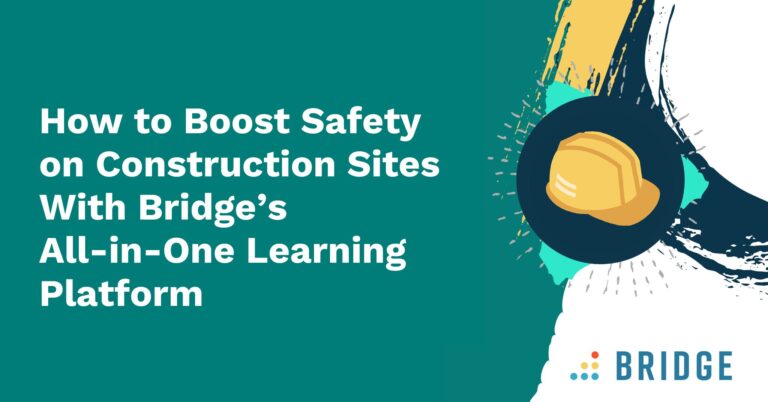The pandemic and the challenges of hybrid working have brought into sharp focus the issue of employee burnout. Although many companies have realised that employee wellbeing is crucial, burnout is still on the rise.
A recent Indeed study into the state of employee wellbeing in the US found that the situation is worse than it was last year. More than half (52%) of employees admitted to feeling burned out and over two-thirds (67%) believe that things have worsened over the course of the pandemic.
In light of this data, addressing the issue of employee wellbeing has become of central importance to both the workforce and the business.
The Impact of Burnout on Businesses
The consequences of employee burnout can be severe. A Gallup study found that employees who experience workplace burnout are 63% more likely to take a sick day, nearly three times as likely to be seeking a new role, and half as likely to actively discuss their performance with their manager.
Clearly, illness, job dissatisfaction, and lack of communication have a serious impact on the employee, but the impact on the business is serious too. Productivity drops as workdays are missed, employee retention becomes a far greater issue, and the lack of communication results in ill-focussed work that means targets will be missed.
What’s Causing Employee Burnout?
A study by CIPD and Simplyhealth surveyed more than 1,000 UK professionals to gauge the state of the workforce. Their results revealed that some of the most common factors influencing employee stress and burnout are workloads and volume of work (59%), management style (32%), and new work-related demands due to COVID-19 or challenges faced as a result of working from home (31%).
Those working remotely have felt an absence of boundaries due to the always-on nature of digital communications and digital burnout is playing an increasingly large role in our employees’ lives, job performance, and mental health.
Despite its prevalence, employee burnout isn’t being taken seriously enough by some organisations, it seems, as the same CIPD and Simplyhealth study also found that only 50% of managers have received training on how to support their staff to better manage stress and burnout. Only a minority of businesses have taken action, with just 37% of managers being trained to spot the warning signs.
With burnout becoming a greater threat to our workforce, organisations need to address this gap and equip their managers with the tools they need to adequately support staff.
How Can Businesses Help Tackle Employee Burnout?
Dealing with such a major issue means that action must be taken from the top of the business downwards. Firstly, it’s crucial that you effectively train your managers to spot the signs of employee burnout in the early stages and give them the procedures they need to deal quickly and effectively with the situation. Managers will be the first point of contact for employees and it will primarily be down to them to help to reduce the risks to employees and to support their wellbeing.
Here’s how you can shield your workforce against burnout and the challenges that accompany it:
Train Management to Lead Well
Micromanagement, poor communication, and unrealistic expectations from managers can all play a role in employee burnout. Delivering strong leadership training to management can help to alleviate some of these issues and aid managers to communicate more effectively with their team.
Make Wellbeing a Priority
Encourage managers to check in with their team on a regular basis–weekly one-to-ones are a good opportunity to discuss business goals and progress towards targets, but time should be taken to air any work-related issues, too. Encourage employees to be as honest as possible during these meetings–managers are there to help.
Encourage Employees to Be Proactive
Having employees who are engaged and enthusiastic about their own learning and development progression can forestall any burnout. Leadership development and autonomy among employees could be a contributing factor in reducing burnout. University of Alabama at Birmingham (UAB) disclosed that their general internal medicine division displayed just a 13% employee burnout rate, lower than any other department. UAB believes that the secret to this success lies in encouraging employees to be proactive in their own learning development and career pathway.
How Can Bridge Help?
If you’re looking for an easy way to manage one-to-ones, easily monitor performance, and help employees take control of their own careers, Bridge’s Performance Management System is here to help.
Creating a culture of communication, collaboration and alignment aren’t always easy for businesses, but Bridge puts your people at the heart of all you do. You can track career growth, align employee and company goals, and conduct performance reviews, all in one place. Bridge’s platform makes it easy to track and measure company alignment, skills mastery, and career progression.
Find out more about Bridge’s Performance Management System and get a demo.



